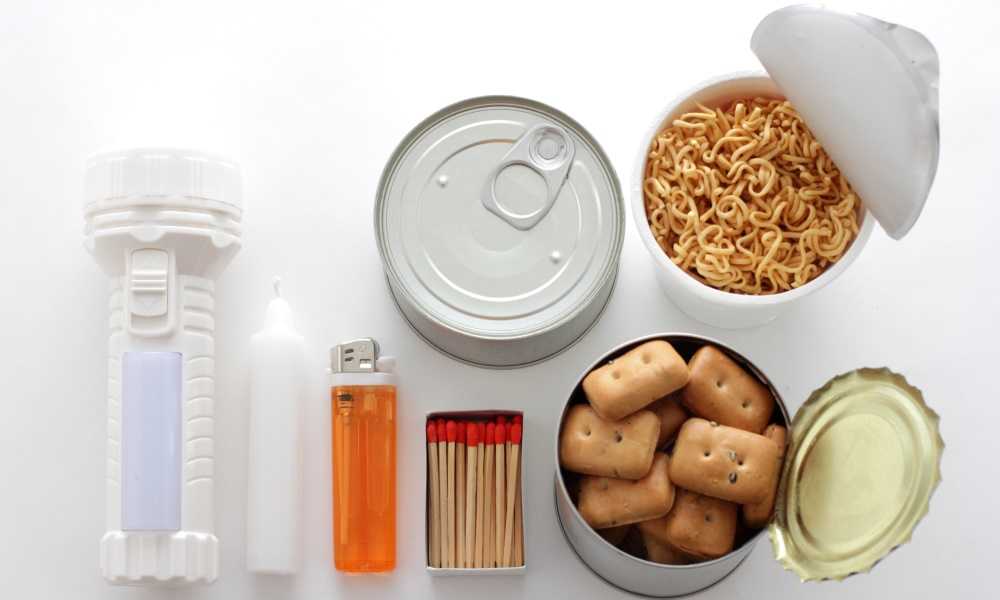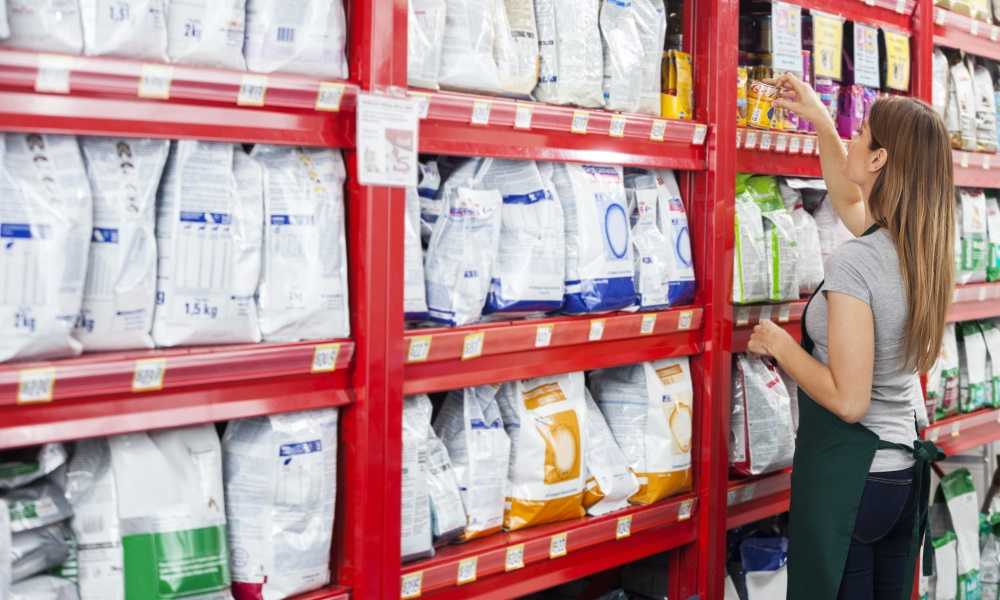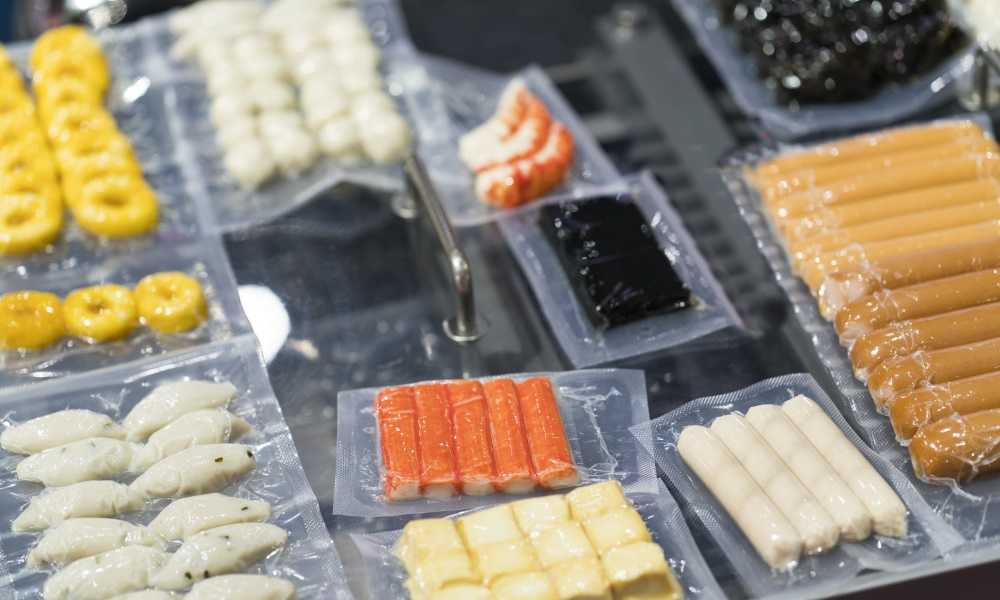Last Updated on December 3, 2022 by admin_hunter
When it comes to storing food for an emergency, many of us are paralyzed because it’s hard to plan for the unknown.
However, you must understand that stockpiling food/water is like insurance; you may never need it, but it’s a really good idea to have it – just in case.
So, if you’re procrastinating, now is the time to get started. Here are some ways that you can get started on storing food for an emergency.
Set Your Goal
First of all, many people wonder how much food they should store for an emergency. This depends a lot on the type of emergency you’re facing and how long you expect to be cut off from supplies.

According to the Department of Homeland Security, your basic emergency supply kit should have enough food/water for 72 hours – that’s 1 gallon of water per person for each day and canned/non-perishable food for 3 days. However, if you go beyond the bare minimum, you can be much more secure.
Make Water a Priority and Store it Safely
The CDC recommends that you store 1 gallon of water per person and pet per day. You should make it your goal to stockpile at least 2 weeks’ worth of water. If you must choose between food or water, water should be your #1 priority.
While both are necessary, experts say that it’s possible to go up to 3 weeks without food, but you can only go 3 days without water. The safest, most reliable emergency water supply is unopened commercially bottled water, but you can store tap water in your own containers, as long as you follow safety measures.
Buy All Supplies at Once
If money and space are not a problem, you’ll want to consider purchasing your supplies all at once.
Foods to Keep on Hand
There’s no denying that eating from a stockpile gets boring after a while. However, there are some foods that are nutritionally dense, taste great, don’t require cooking, and provide a lot of food value in bulk. Keep these foods on hand so that you have plenty of options.
Store Seeds for Sprouting
You might want to consider also storing seeds, nuts, and beans in your stockpile for sprouting. You’ll need to understand that some sprouts can become contaminated with E. coli, so you’ll want to take precautions to safely make/consume them.

Fresh Foods to Store
According to the experts, there are some foods that store well in a dry, dark, cool space. You can keep these for a few days, but note that dry goods are really the best option for long-term storage.
Dry Foods for Long-Term
While it’s true that granola bars and canned goods are okay for a short period of time, you’ll want to make sure that you include dehydrated fruits/veggies, dried grains, and powdered milk for long-term storage. Once again, you’ll want to start your stockpile with enough food to last 2-3 weeks, and as space/money allows, you can build your stockpile.
Affordable Buying
In order to affordably stockpile, you’ll want to compare costs. Some of the best sources for lower prices is warehouse stores, buying clubs, and food co-ops.
Store Dried Foods
While it’s true that dried foods are not the best-tasting, they are packed with nutrition and are less expensive when purchased in bulk. When kept dry, they will last for a long period of time and take up less space than canned goods.
Rotate Foods
In order to make sure that your food is nutritious and safe, you’ll want to pay attention to the shelf life. Take the time to rotate foods that are getting close to the end of their shelf life by using them and adding new ones to your stockpile.
Experts say there are some foods that can last for a long period of time, including manufactured emergency supplies, dry goods, and canned goods.
When you’re not sure what to do, it can be quite difficult to prepare for an emergency, but these tips are a great jumping-off place to help you get started.

